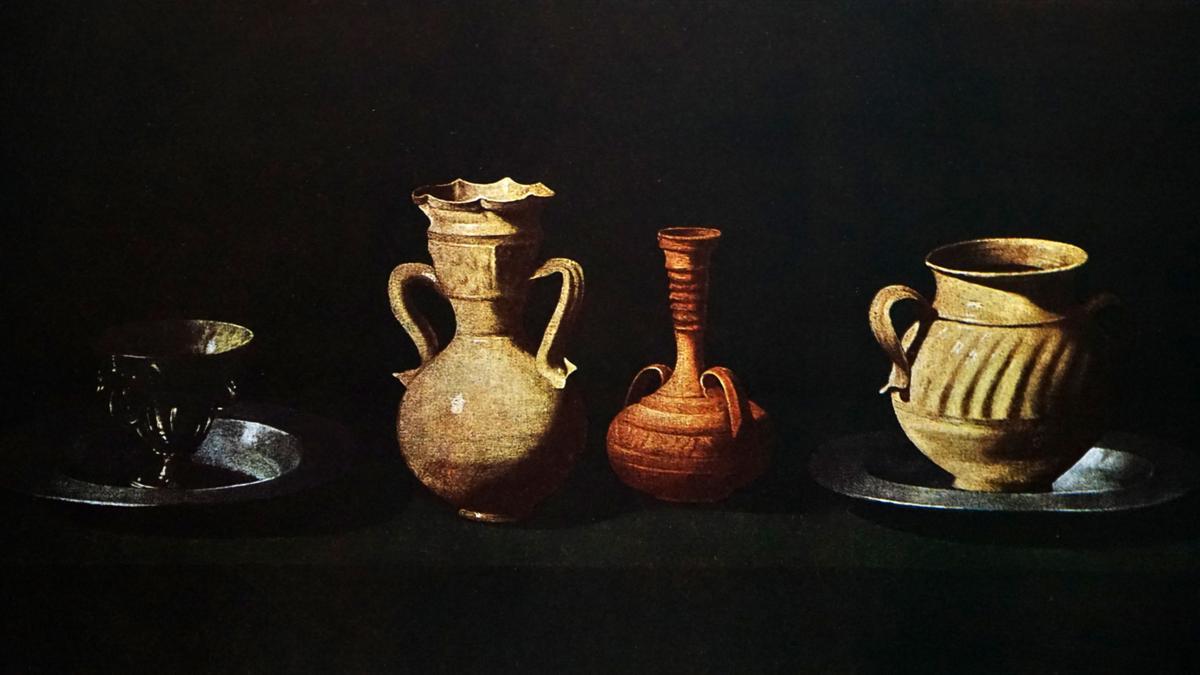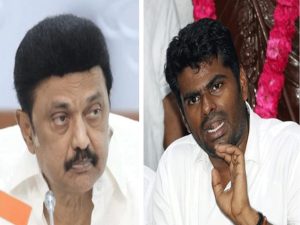
From Citizen Kane to The Godfather, the cinematography and lighting of several iconic films have kept us glued to our screens. It is not just the expression filled actors that manage to convey the emotions of the scene but also the light that subtly falls on the antagonist’s face to the warm lighting that surrounds the protagonist’s family as they have a picnic which makes it a seat-gripper.
Chiaroscuro refers to the use of light and shadows in a visual art, from paintings to cinematography, to achieve more depth and even three-dimensionality in a visual. The term chiaroscuro comes from the Italian words chiaro, meaning “clear” or “light,” and scuro, meaning “dark.” Even though the technique has evolved over time, the visual has always been connected to the contrast achieved when darker and lighter shades are used.
A scene from the film Godfather, where the chiaroscuro technique has been used.
| Photo Credit:
Special Arrangement
The concept of chiaroscuro formally emerged during the 15th and 16th century Italian Renaissance. The Italian Renaissance was the period in European art history that placed a strong emphasis on idealizing human figures, portraying them with beauty, harmony, and physical perfection. The concept of chiaroscuro was however made popular during the Baroque period, i.e. from the early 17th century till the 1750s. During this era, the technique was seen in the works of eminent artists like Rembrandt, Caravaggio and Johannes Vermeer. Some of the major artworks known to have used the chiaroscuro technique are ‘Jacob Haaringh’ by Rembrandt, ‘Saint John the Baptist in the Wilderness’ by Caravaggio, ‘The Virgin of the Rocks’ by Leonardo Da Vinci and ‘Girl with the Pearl Earring’ by Johannes Vermeer.
In films, the chiaroscuro technique is used to bring in an element of depth into the emotion, tone and suspense of the plotline. The lighting is cast on the characters’ faces or used to create a shadow to often emphasise on the complexity of the character’s emotions and inner turmoil. It is also used to create a feeling of suspense in the audience’s mind. This technique was particularly seen much more during the German expressionist movement of the 1910s and 1920s and the film noir in the 1940s and 1950s. The same seeped into the New Hollywood era from the mid-1960s to early-1980s and the later periods till date.
Beyond artworks and films, the technique is also seen to be popular among photographers to create a dramatic effect on portraits and close-ups. While methods like using reflectors to adjust lighting helps in creating the effect, it is often intensified during post production in the modern digital era.
[email protected]
Published – February 14, 2025 06:08 pm IST
In School
/
thriller films
/
romantic films
/
biographic films
/
short films
/
sci-fi films
/
indie films
/
documentary films
/
film making
/
arts, culture and entertainment
/
arts (general)
/
arts and science education
/
fine arts education
/
painting (education)
/
archaeological paintings
/
painting
/
Art cinema












